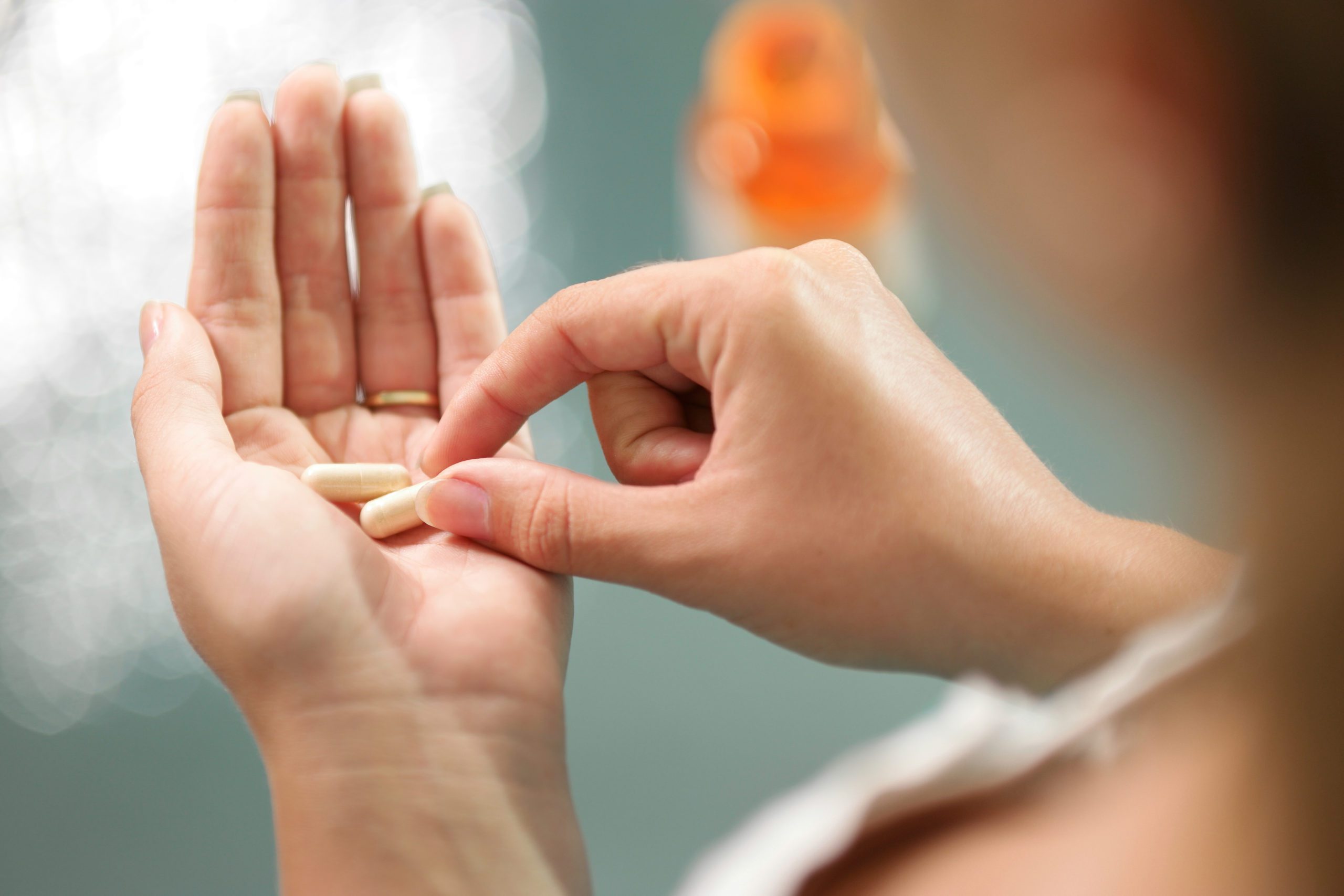As the opioid addiction crisis continues to cripple the country, more studies are underway to determine some of the causes behind these dependencies. Of course it’s hard to pinpoint one single underlying factor, but there are some interesting trends that have been emerging regarding painkiller abuse and gender. In the case of women, for example, certain research has shown that domestic violence may play a role in why females begin using.
Nabila El-Bassel is a professor of social work at Columbia University. In article for the academic site The Conversation, she discussed examples and stats that may lend credence to the physical abuse theory. El-Bassel also touched upon the slippery slope many addicted women face and how an opioid dependency can quickly evolve into heroin needles and the potential for HIV contractions.
“Research has repeatedly indicated that drug use is associated with partner violence, specifically against women, who may be particularly susceptible to such violence when under the influence of opioids,” El-Bassel wrote. “Living with substance use disorders puts these women into a number of contexts that expose them to HIV and other sexually transmitted diseases that jeopardize their survival in many ways.”
Another harsh reality is that domestic violence can lead to painkiller prognoses. It’s a sad fact, but there are many abused women who need to be hospitalized for their injuries; breaking bones and receiving brutal concussions. A common treatment method for that has been opioid prescriptions, in the hope that they can reduce the severe physical ailments. So, in essence, the household violence could ultimately lead to a woman’s first exposure to opioids.
El-Bassel also brings up the fact that abusive male spouses sometimes purposely feed addictions to assert more control. A common technique will be undermining a woman’s attempt to get sober and preying on sensitive emotions. It is ultimately done as a form of dominance.
One other alarming stat brought up by El-Bassel was the fact that women are nearly three times less likely to receive the life-saving naloxone treatment during an overdose. In her opinion, it was because women may be devalued and there could be a gender barrier involved that first responders may not be aware of.
El-Basel finished her piece with some recommendations on how society as a whole can help to change the stigma.
“Women who use drugs face multilayers of stigma and disbelief, preventing them from disclosing problems such as partner violence,” she wrote. “Staying in treatment is difficult for women when services are designed and delivered by men who may not know how to create an environment of trust for women. These issues must be changed if we are serious on addressing the opioid epidemic among women.”




